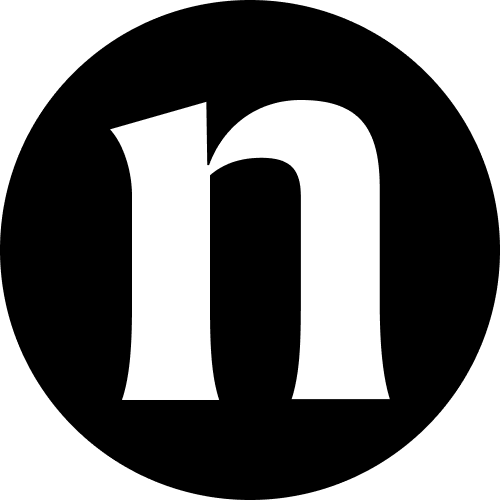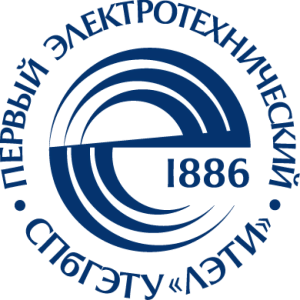Seeing double: Leonardo’s Mona Lisa twin
Publication type: Journal Article
Publication date: 2016-11-28
wos Q1
SJR: —
CiteScore: —
Impact factor: 4.0
ISSN: 03068919, 1572817X
Electronic, Optical and Magnetic Materials
Atomic and Molecular Physics, and Optics
Electrical and Electronic Engineering
Abstract
The conventional scientific tests employed in authenticating paintings are useful in excluding a work if, for a particular artist, incorrect parameters are discovered. For example, the date may be wrong (e.g., radio carbon dating), a pigment may be wrong (e.g., modern formulation), or an implausible underpainting or sketch may be revealed (e.g., X-ray or IR image). In contradistinction, an original approach is proposed to identify individual “fingerprints” for particular artists’ hands (brushwork). It entails extracting luminosity histogram statistics of a painting in order to quantify its sfumato/chiaroscuro properties for either entire compositions or particular features (e.g., eyes, noses, or lips.) It is proposed that a work may be associated with a particular artist, rather than be excluded from the generally accepted body of work. Paintings by Leonardo and Rembrandt as well as pertinent copies and forgeries are employed as test cases. Luminosity histogram statistics for several contemporary paintings are also included to enlarge the data library. In order to illustrate the utility of this approach in characterizing and identifying an artist’s technique, particular attention was addressed to the issue of the possibility of two individual Mona Lisa portraits by Leonardo. This focused on an analysis of the properties of a painting formerly known as the Pulitzer/Isleworth Portrait and, subsequently, as the “Earlier Mona Lisa, EML” by Leonardo da Vinci, after protracted scientific, historic, aesthetic, and geometric investigations.
Found
Nothing found, try to update filter.
Found
Nothing found, try to update filter.
Top-30
Journals
|
1
|
|
|
Journal of Cultural Heritage
1 publication, 50%
|
|
|
1
|
Publishers
|
1
|
|
|
Elsevier
1 publication, 50%
|
|
|
IntechOpen
1 publication, 50%
|
|
|
1
|
- We do not take into account publications without a DOI.
- Statistics recalculated weekly.
Are you a researcher?
Create a profile to get free access to personal recommendations for colleagues and new articles.
Metrics
2
Total citations:
2
Citations from 2024:
0
Cite this
GOST |
RIS |
BibTex
Cite this
GOST
Copy
Asmus J. F. et al. Seeing double: Leonardo’s Mona Lisa twin // Optical and Quantum Electronics. 2016. Vol. 48. No. 12. 555
GOST all authors (up to 50)
Copy
Asmus J. F., Parfenov V., Elford J. P. Seeing double: Leonardo’s Mona Lisa twin // Optical and Quantum Electronics. 2016. Vol. 48. No. 12. 555
Cite this
RIS
Copy
TY - JOUR
DO - 10.1007/s11082-016-0799-0
UR - http://link.springer.com/10.1007/s11082-016-0799-0
TI - Seeing double: Leonardo’s Mona Lisa twin
T2 - Optical and Quantum Electronics
AU - Asmus, J. F.
AU - Parfenov, V.A.
AU - Elford, J P
PY - 2016
DA - 2016/11/28
PB - Springer Nature
IS - 12
VL - 48
SN - 0306-8919
SN - 1572-817X
ER -
Cite this
BibTex (up to 50 authors)
Copy
@article{2016_Asmus,
author = {J. F. Asmus and V.A. Parfenov and J P Elford},
title = {Seeing double: Leonardo’s Mona Lisa twin},
journal = {Optical and Quantum Electronics},
year = {2016},
volume = {48},
publisher = {Springer Nature},
month = {nov},
url = {http://link.springer.com/10.1007/s11082-016-0799-0},
number = {12},
pages = {555},
doi = {10.1007/s11082-016-0799-0}
}
Profiles




